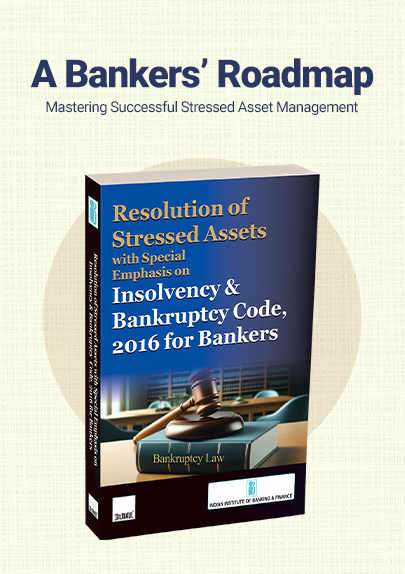Writ Plea Limiting Guarantor’s Liability in CIRP Disposed Of, HC Directs AA to Resolve Claims Impacting Entire CIRP Process
- Blog|News|Insolvency and Bankruptcy Code|
- 2 Min Read
- By Taxmann
- |
- Last Updated on 13 September, 2024
Case Details: Seeta Shah v. Reserve Bank of India - [2024] 166 taxmann.com 260 (HC-Delhi)
Judiciary and Counsel Details
- Dharmesh Sharma, J
- Arjun Kaushal, Adv. for the Petitioner.
- Rachit Bigghe, Adv. for the Respondent.
Facts of the Case
In the instant case, the borrower took a loan from a respondent bank, for which the petitioner/director of the corporate debtor executed a corporate guarantee deed with the respondent.
The respondent bank declared the corporate debtor’s account NPA, and thus, the respondent invoked a corporate guarantee. The NCLT initiated the CIRP against the corporate debtor.
The Respondent filed a petition to initiate the CIRP against the petitioner based on the petitioner’s failure to honour the guarantee deed, and the NCLT admitted the same.
On appeal, the NCLAT dismissed an appeal filed by the petitioner. The petitioner also filed an appeal before the Supreme Court, which was dismissed, observing that issues available to the petitioner would be examined by the NCLT.
The petitioner listed proceedings for hearing before the NCLT, which was pending. The petitioner filed an instant writ petition seeking direction from the bank to revise its demands and claims under corporate guarantee to be in strict conformity with terms of clause 33 of the corporate guarantee deed.
High Court Held
The High Court observed that Clause (33) of the said deed restricted the financial liability of the guarantor to the extent of the amount restricted therein, and there was no question of provision for interest while calculating aforesaid guarantee except to the extent of the amount provided.
The High Court held that the NCLT is only seized of the matter, and it is competent to decide upon the quantum of claims that would impact entire CIRP proceedings. Further, the instant writ petition was to be disposed of with a direction to the NCLT to decide the preliminary issue as regards the applicability of Clause (33) of the said deed for effective CIRP proceedings at its end.
Disclaimer: The content/information published on the website is only for general information of the user and shall not be construed as legal advice. While the Taxmann has exercised reasonable efforts to ensure the veracity of information/content published, Taxmann shall be under no liability in any manner whatsoever for incorrect information, if any.

Taxmann Publications has a dedicated in-house Research & Editorial Team. This team consists of a team of Chartered Accountants, Company Secretaries, and Lawyers. This team works under the guidance and supervision of editor-in-chief Mr Rakesh Bhargava.
The Research and Editorial Team is responsible for developing reliable and accurate content for the readers. The team follows the six-sigma approach to achieve the benchmark of zero error in its publications and research platforms. The team ensures that the following publication guidelines are thoroughly followed while developing the content:
- The statutory material is obtained only from the authorized and reliable sources
- All the latest developments in the judicial and legislative fields are covered
- Prepare the analytical write-ups on current, controversial, and important issues to help the readers to understand the concept and its implications
- Every content published by Taxmann is complete, accurate and lucid
- All evidence-based statements are supported with proper reference to Section, Circular No., Notification No. or citations
- The golden rules of grammar, style and consistency are thoroughly followed
- Font and size that’s easy to read and remain consistent across all imprint and digital publications are applied






 CA | CS | CMA
CA | CS | CMA


